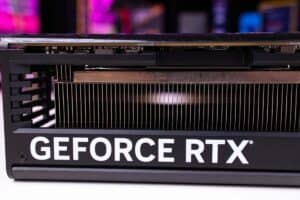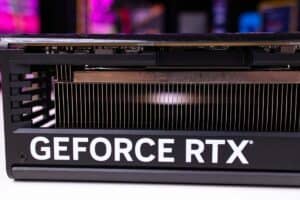RTX 4090 laptop vs desktop GPU
They may have the same name, but that doesn't mean they have the same specs or performance
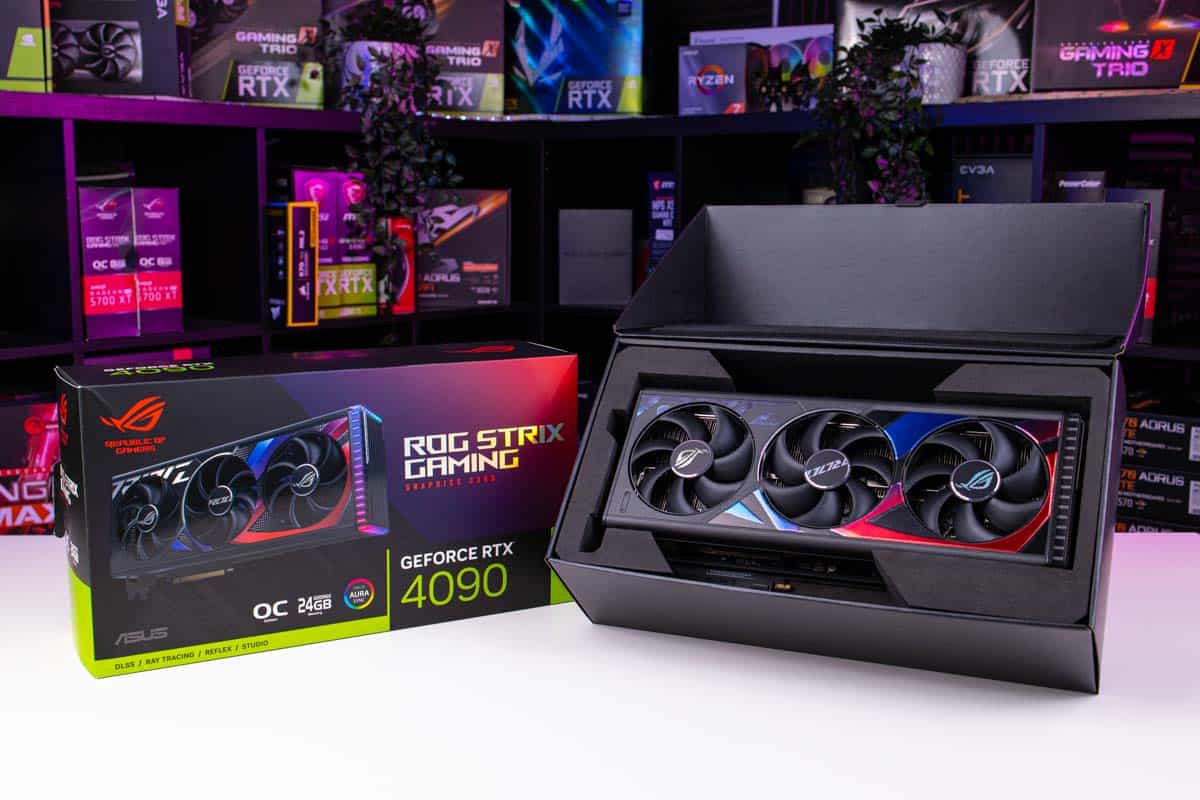
WePC is reader-supported. When you buy through links on our site, we may earn an affiliate commission. Prices subject to change. Learn more
With the Ada series of graphics cards launching back in October with the RTX 4090, it was expected to come into the laptops. So we see how the RTX 4090 laptop vs desktop compare.
These particular models of laptops started coming out in February. Nearly four months after the initial desktop version came out.
There is a lot of power in these to pack in, so how have they managed to do so in such a small form factor? And what has been the compromise for it?
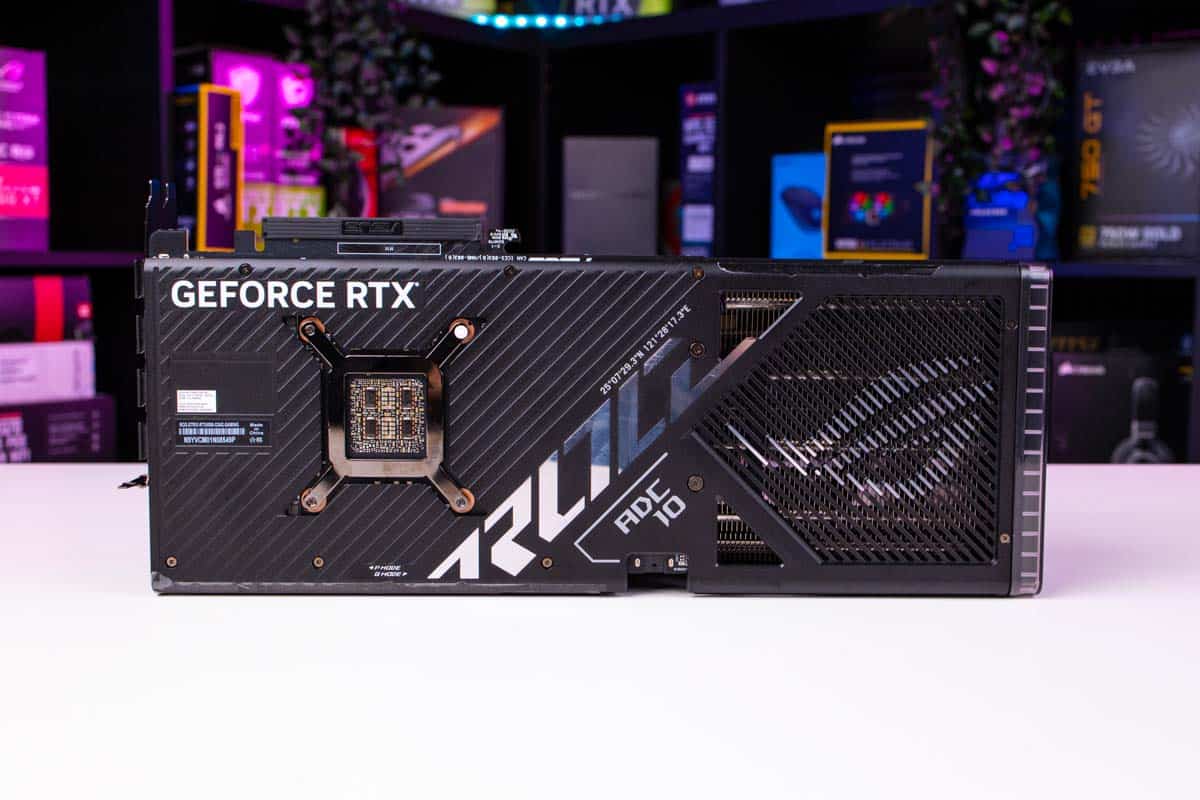
Specifications
What used to have an M suffix, the laptop graphics cards just share the name with the desktop version. This can be a bit confusing when you actually look at what they are, there is a significant difference.
As you can’t expect to fit a full-blown desktop version in such a small size. As we’ve seen cards grow to 3-4 slots in size, there isn’t that much space in a portable slot there is some compromise.
From the specs below, we can see that the laptop version is a much more cut-down version. It’s not even on the same GPU die, the same confusion Nvidia was avoiding with the 4080 12GB unlaunch. So this causes the same issue as the previous one.
As such, the die size is nearly half as big, leading to a much smaller transistor count. Meaning there are fewer cores in the card that can’t compute as much. With a drop of 41% in CUDA cores and ray tracing cores in particular.
Even the memory has decreased by 8GB and drops in spec to GDDR6. Slowing it down to nearly half the bandwidth at 576 GB/s.
The core clocks are underclocked by nearly one whole GHz in the base and boost of the chip. Which all leads to the TBP of the processor, only at 120W. A 330 W drop, allows it to be used in a much smaller device.
| RTX 4090 desktop | RTX 4090 laptop | |
|---|---|---|
| GPU | AD102 (AD102-300) | AD103 (GN21-X11) |
| Die size | 608mm² | 379mm² |
| Memory | 24GB GDDR6X | 16GB GDDR6 |
| Memory clock | 21 Gbps | 18 Gbps |
| Memory bandwidth | 1,008 GB/s | 576 GB/s |
| CUDA cores | 16,384 | 9,728 |
| RT cores | 128 | 76 |
| Base clock | 2,235 MHz | 1,335 MHz |
| Boost clock | 2,520 MHz | 1,695 MHz |
| TBP | 450 W | 120 W |
RTX 4090 laptop vs desktop performance
Looking at the performance is where it really matters, and it is as expected from the specifications. We look at Jarrod’s Tech video to see how they perform against each other.
And in the 25-game average, you can really see how much weaker the laptop graphics card is. The performance loss goes from 27% at 1080p to 40% at 4K.
Although it still averages above 60 FPS at 4K which is impressive in its own right for a laptop GPU. But it does not compare at all to each other.
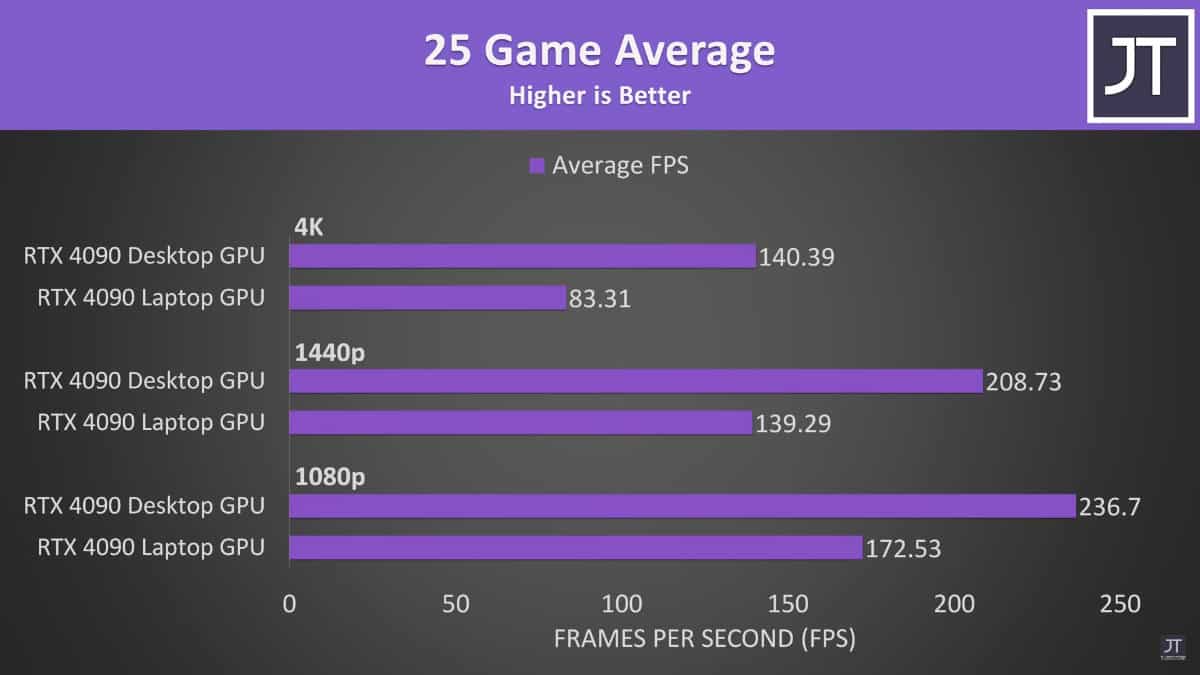
Final words
As you can see there is a lot of difference when comparing the RTX 4090 laptop vs desktop GPUs. With a much lower spec of the laptop chip, the performance is much similar.
As such it doesn’t make sense for the two to be named the same. And there should be some distinctions such as the M modulator that they used to have. But it does still show the power of the newer laptops that go well against the alternatives, just not as much as the desktop.


